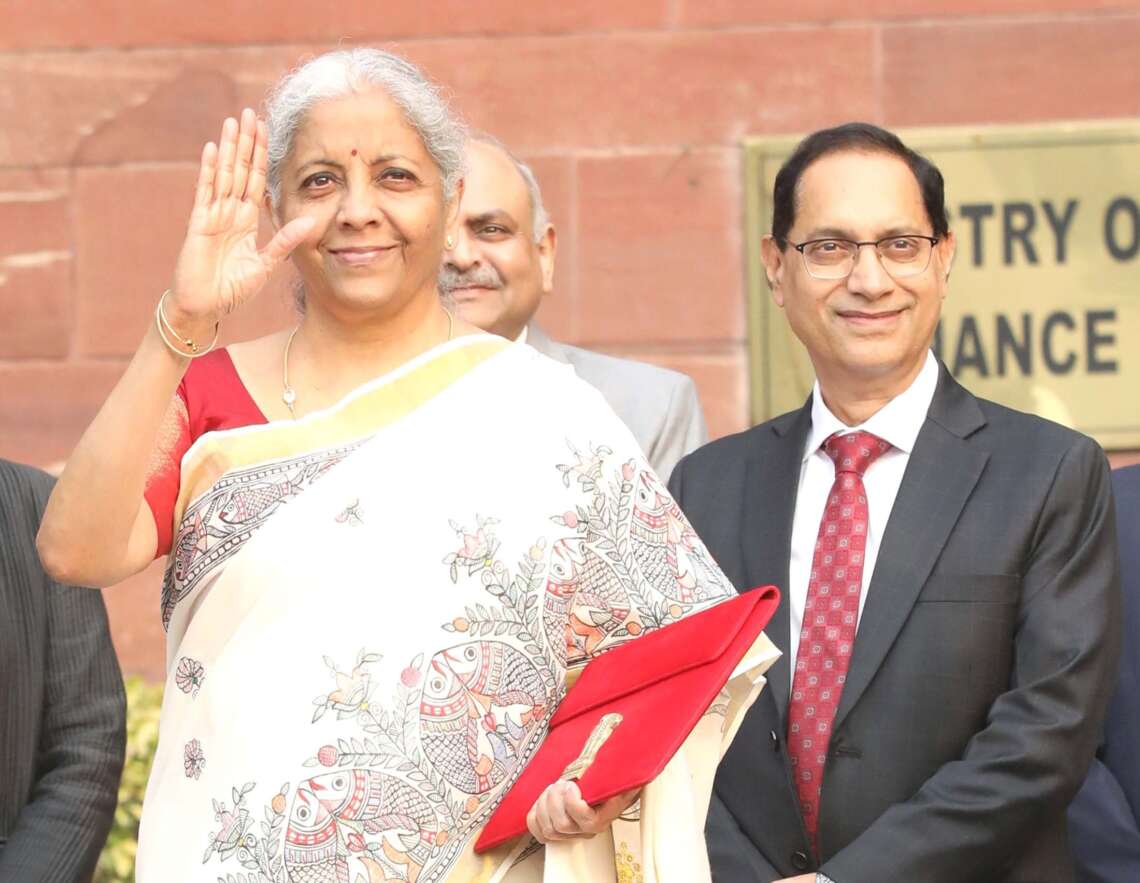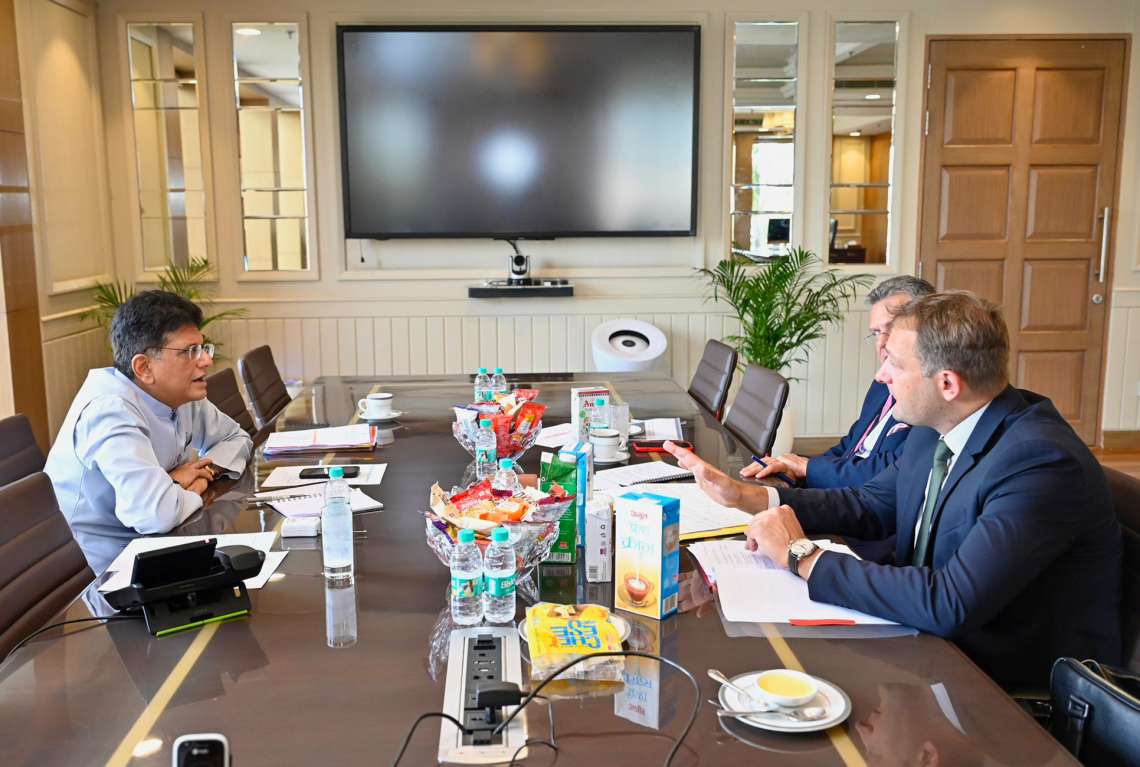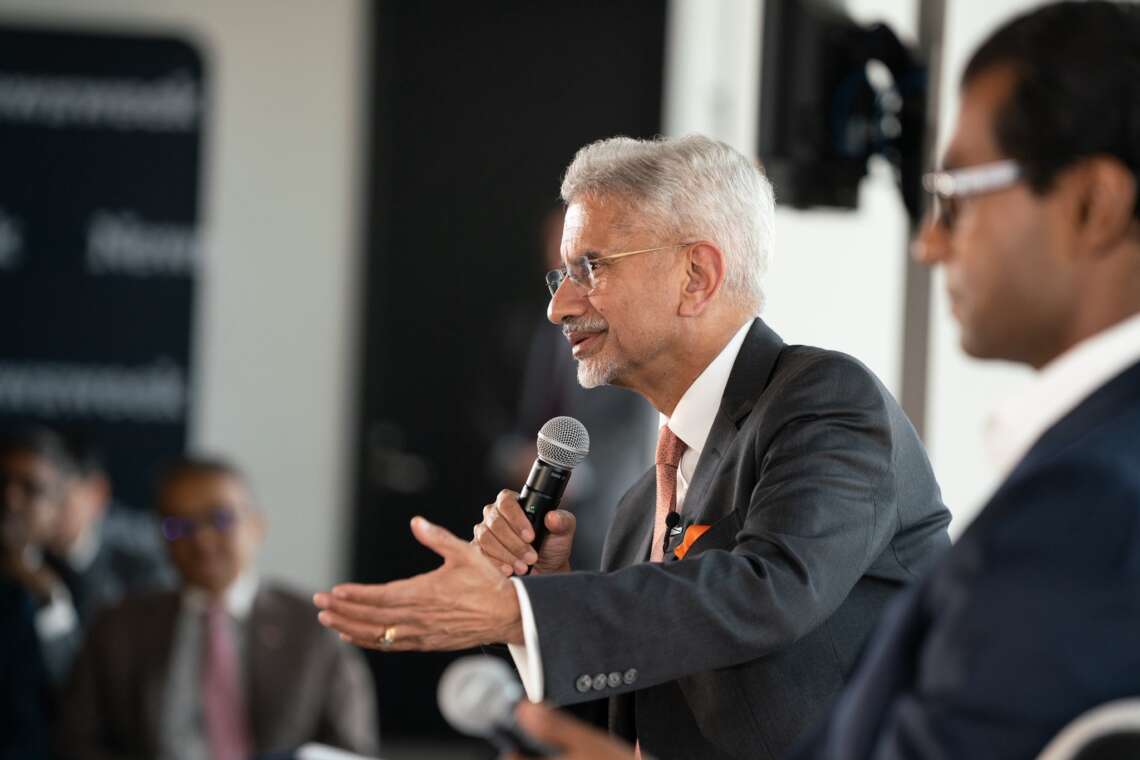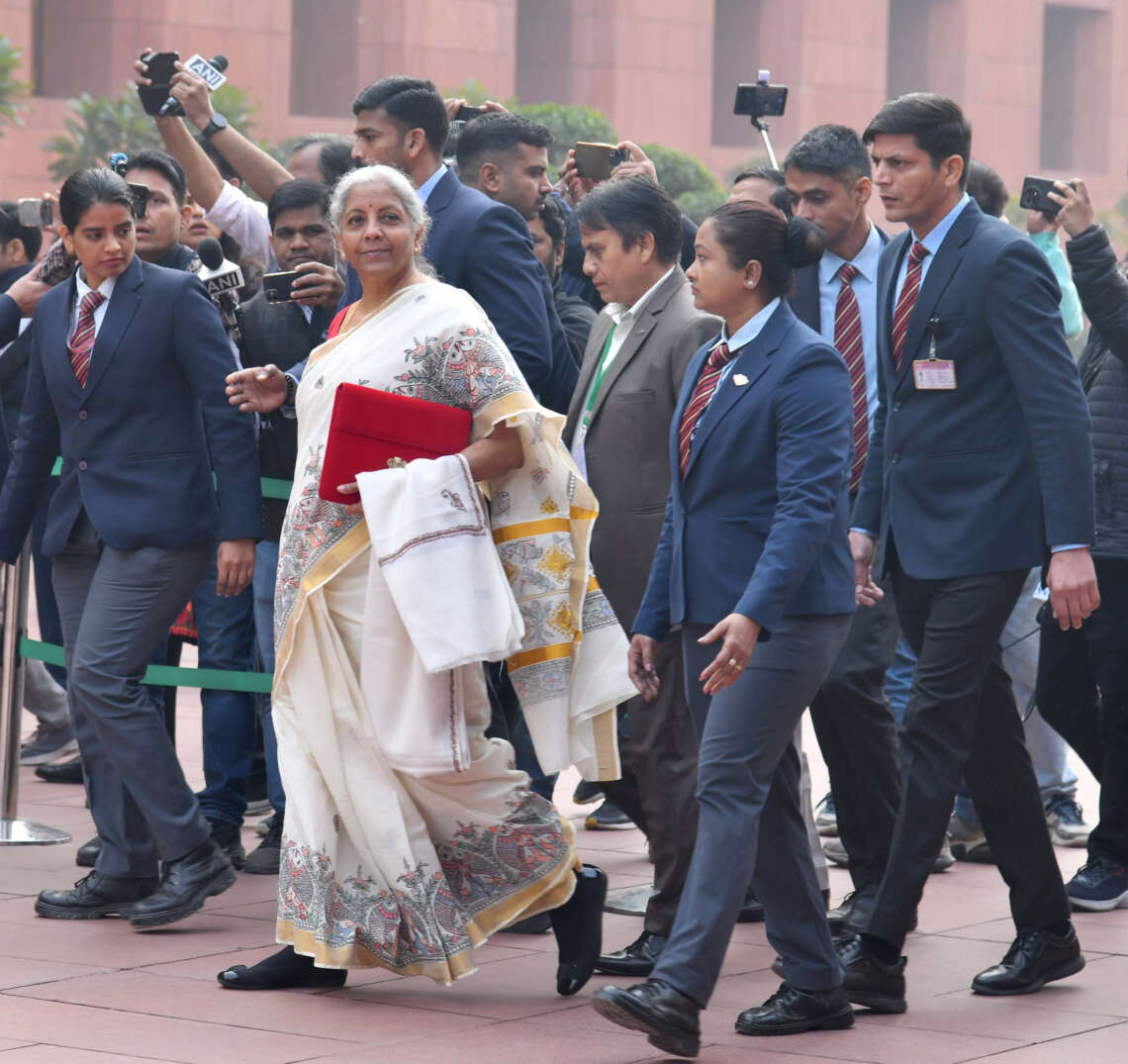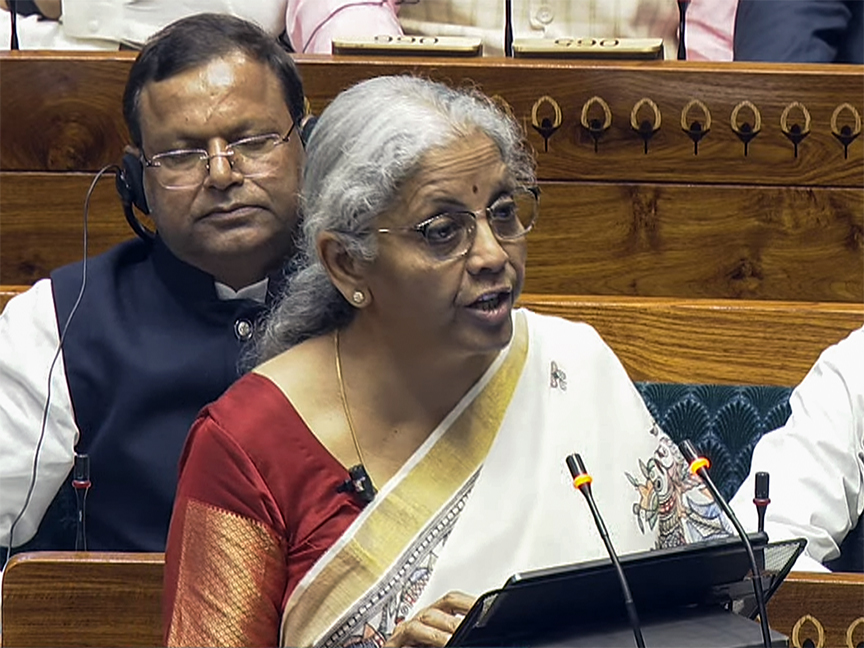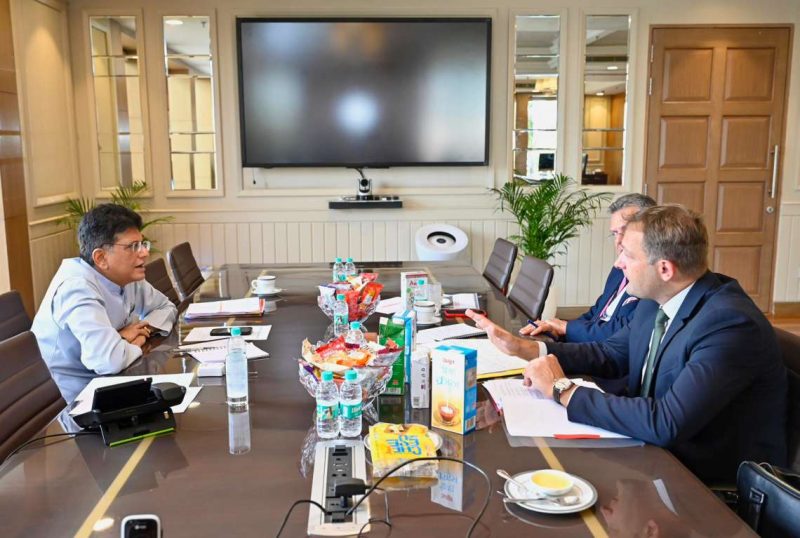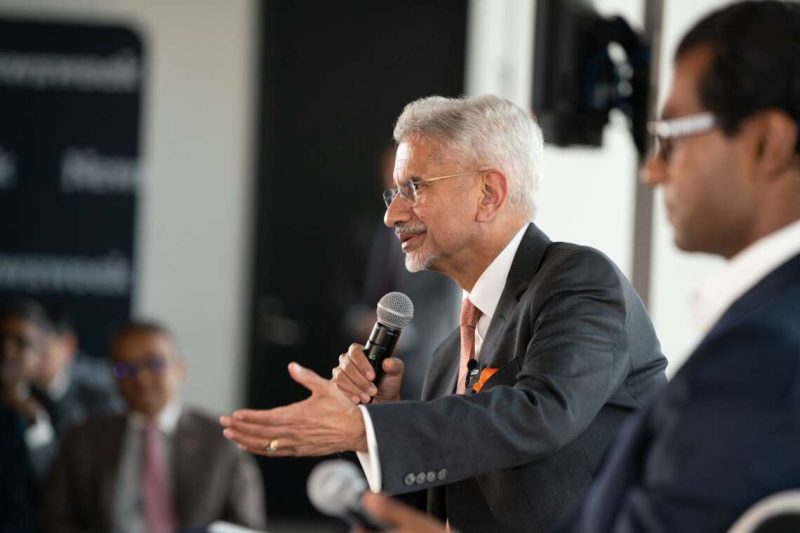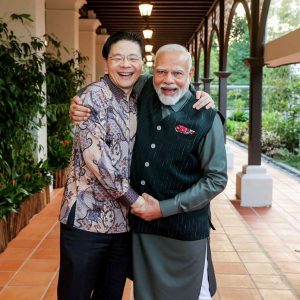In a major benefit for the middle class, Sitharaman announced that there will be no income tax on an annual income of up to Rs 12 lakh. For salaried people who enjoy a standard deduction of Rs 75,000, there would be no tax on income of up to Rs 12,75,000.
In a big boost to the Indian middle class, Finance Minister Nirmala Sitharaman on Saturday announced that there will be no income tax payable for incomes up to Rs 12 lakh, and Rs 12.75 lakh for salaried taxpayers (including standard deduction).
In the new tax regime, the revised tax rate structure is Rs 0-4 lakh (zero tax), Rs 4-8 lakh (5 per cent), Rs 8-12 lakh (10 per cent), Rs 12-16 lakh (15 per cent), Rs 16-20 lakh (20 per cent), Rs 20-24 lakh (25 per cent), and above Rs 24 lakh (30 per cent).
“The new tax structure would substantially reduce tax for the middle class,” announced FM Sitharaman.
Presenting the Union Budget 2025-26, FM Sitharaman said that the tax deduction at source (TDS) rates will be rationalised and the limit for tax deduction for senior citizens will be doubled to Rs 1 lakh.
FM Sitharaman also proposed to extend the time limit to file the updated return from two years to four years.
The threshold to collect TDS on remittances under the Liberalised Remittance Scheme (LRS) would be increased to Rs 10 lakh from Rs 7 lakh and an annual limit of Rs 2.4 lakh for TDS on rent has been raised to Rs 6 lakh.
Delay for payment of TCS up to the due date would be decriminalised, according to the Finance Minister, adding that TCS on remittances, if a loan was taken for education, has been waived.
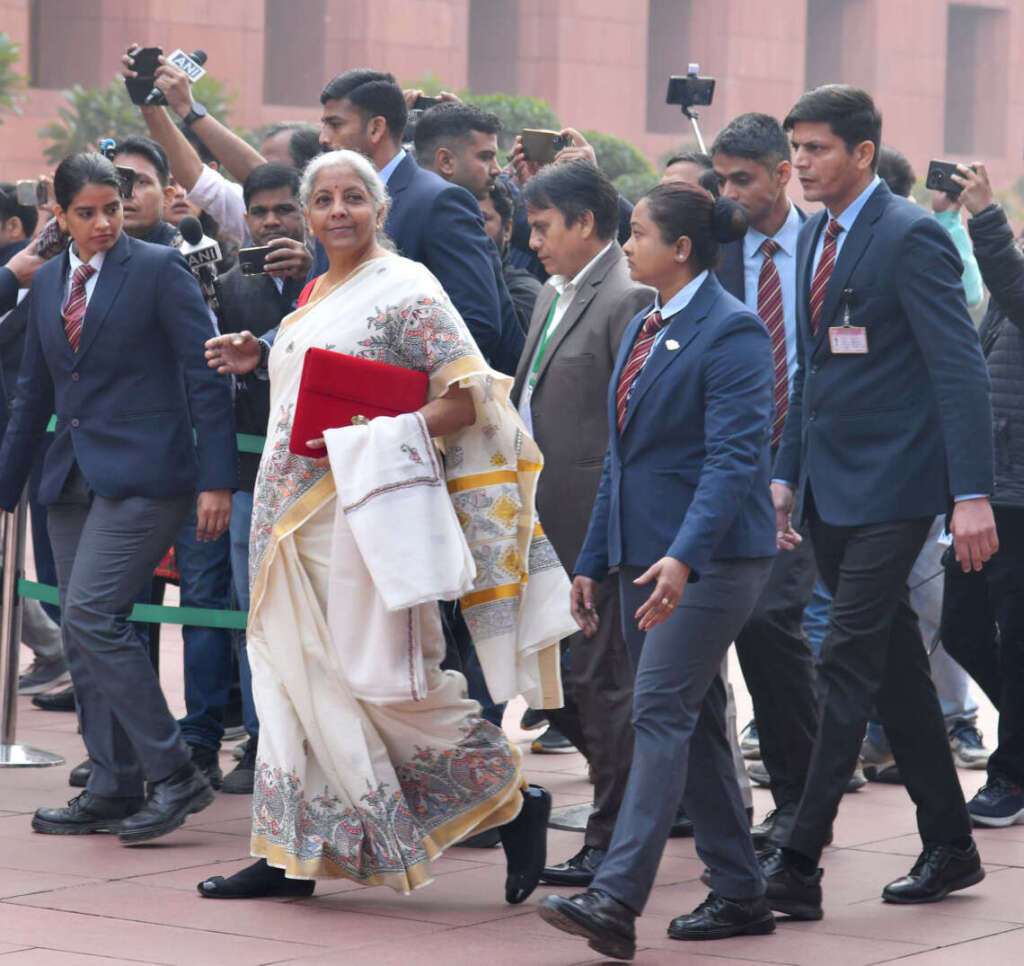
The Union Budget also proposes to exempt withdrawals from National Savings Scheme (NSS) accounts on or after August 2024 from tax.
The Budget Session of Parliament, which commenced on Friday, will be conducted in two phases – the first started on January 31 and will conclude on February 13, while the second phase will begin on March 10 and end on April 4.
Big push to job-led inclusive growth
Finance Minister Nirmala Sitharaman on Saturday presented the Budget 2025-26 in the Parliament with an aim at accelerating employment-led inclusive growth, propelled by investments in the agricultural and rural sector, MSMEs and exports while sticking to the fiscal consolidation path.
“This budget is dedicated to accelerating growth, driven by our aspirations for a ‘Viksit Bharat.’ Our economy remains the fastest growing among all major economies,” the Finance Minister said on the floor of the Lok Sabha.
The key domains covered in the Union Budget include taxation, power, urban development, mining, the financial sector, and regulatory reforms. These areas are central to the government’s focus on driving growth, improving infrastructure, enhancing governance, and ensuring sustainable development across various sectors.
She has kept the budget deficit target on a declining path to 4.4 per cent of GDP in 2025-26 from 4.8 per cent of GDP in 2024-25.
The net market borrowing for the budget has been fixed at Rs 11.54 crore while the rest of the funds will come from small savings and other sources, the Finance Minister said. The government’s gross borrowing target for FY26 was revised upwards by 5.7 per cent to Rs 14.82 lakh crore from Rs 14.01 lakh crore in FY25.
In a major benefit for the middle class, Sitharaman announced that there will be no income tax on an annual income of up to Rs 12 lakh. For salaried people who enjoy a standard deduction of Rs 75,000, there would be no tax on income of up to Rs 12,75,000.
The move will place more money in the hands of the people to spend on goods and services which in turn would lead to higher growth in the economy.
In order to boost domestic manufacturing, she has also rationalised customs duties to increase tariffs on finished goods such as electronic products and reduce the duty on components used as inputs by local manufacturers.
The Finance Minister outlined specific proposals, starting with agriculture as the “first engine” to drive growth. Under the Prime Minister Krishi Yojana, a new initiative inspired by the success of the Aspirational District Programme, the government will launch an agricultural district programme in partnership with states. This will target 100 districts with low productivity, moderate crop intensity, and below-average credit parameters. The initiative is expected to benefit 1.7 crore farmers. The Finance Minister also announced an increase in the Kisan Credit Card (KCC) loan limit from Rs 3 lakh to Rs 5 lakh under the interest subvention scheme.
MSMEs have been identified as the second engine of growth, and the focus will be on the 5.7 crore MSMEs, which include over one crore registered businesses employing 7.5 crore people and contributing 36 per cent to India’s manufacturing. These MSMEs are crucial in positioning India as a global manufacturing hub, responsible for 45 per cent of the nation’s exports. To boost their growth and efficiency, the government will enhance the investment and turnover limits for MSMEs, increasing them by 2.5 times and 2 times, respectively. This move is expected to empower MSMEs to scale up, innovate, and generate more employment opportunities for the youth.
The Finance Minister announced that the government will implement specific policy and facilitation measures to boost the productivity, quality, and competitiveness of India’s footwear and leather sector products. This scheme is expected to create employment for 22 lakh people, generate over Rs 400 crore, and achieve exports of over Rs 1.1 lakh crore. In addition, measures will be introduced for the toy sector, building on the National Action Plan for Toys. A new scheme will aim to establish India as a global hub for toys, focusing on developing clusters, skills, and a manufacturing ecosystem that will produce high-quality, innovative, and sustainable toys, representing the “Made in India” brand, the Finance Minister said.
The Finance Minister emphasised investment as the third engine of growth, which includes investing in people, the economy, and innovation. As part of investing in people, the government is focusing on the Sashakt Anganwadi and Poshan 2.0 programmes, which provide nutritional support to over 8 crore children, pregnant women, lactating mothers, and around 20 lakh adolescent girls in aspirational districts and the Northeast region. The cost norms for these programs will be enhanced, Sitharaman added.


